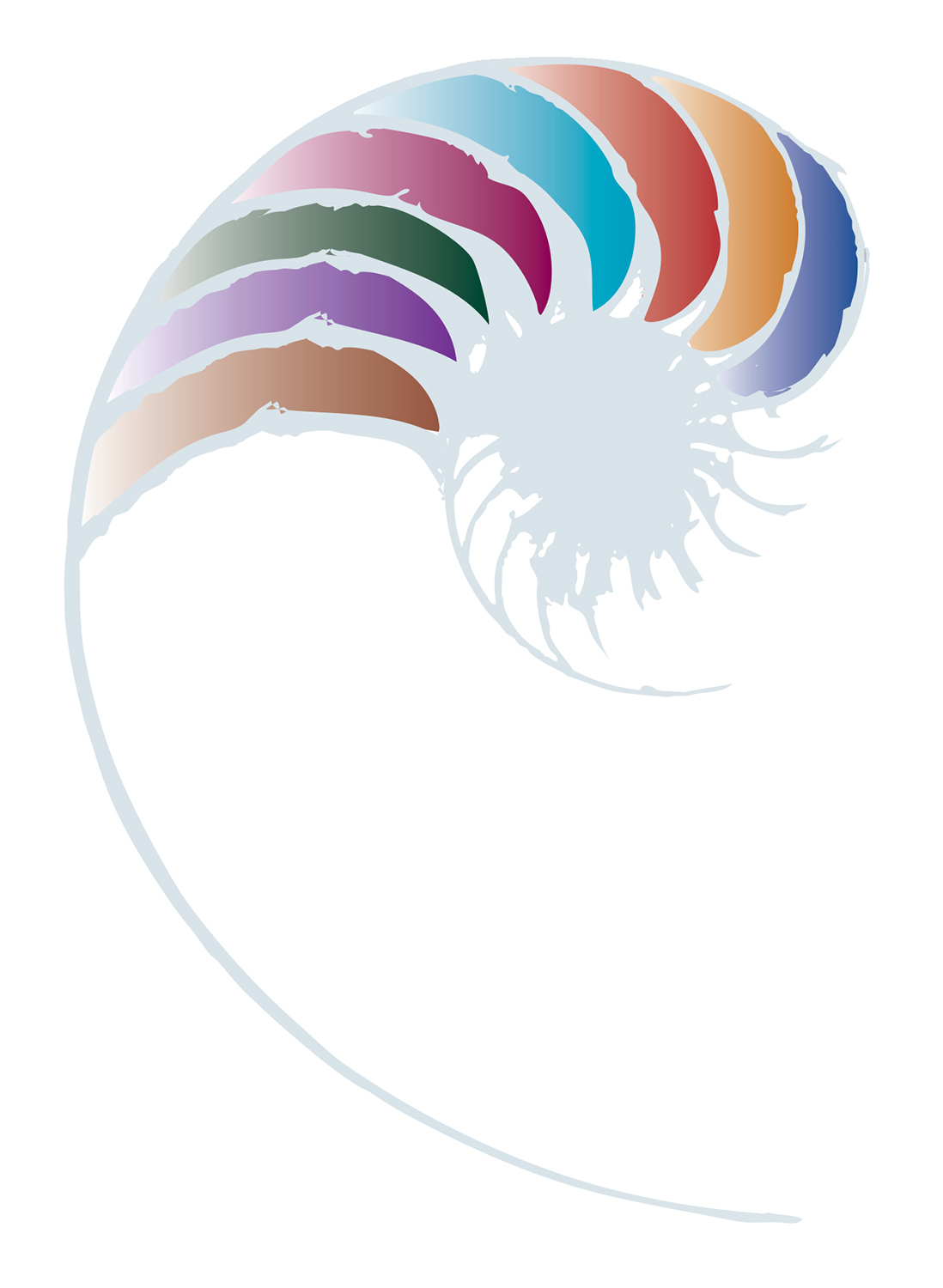Pūtaiao
Science
Opportunities for supporting scientific learning are all around us. Learn simple ways kaiako can intentionally support children’s scientific ideas.

If handed down by the ancestors, it would be correct.
This whakataukī refers to intergenerational expertise and the respect Māori have for the wise counsel of the ancestors. It is a reminder that science teaching and learning includes the integration of traditional Māori knowledge and values, for example, from a te ao Māori perspective, water and planet earth (papatūānuku) are living entities.
Tamariki are engaged in science whenever they are learning about the world around them. The role of kaiako is to support children to explore and make meaning of the natural, physical, spiritual, and material worlds in ways that integrate mātauranga Māori.
Children are born scientists – they are innately curious about their environment and naturally open to making meaning through their exploration and conversations with others.
- What is science?
- Why science matters
- What science looks like in practice
- Stories of practice
Science is integrated throughout Te Whāriki and is embedded in the concepts of learning dispositions and working theories; dispositions such as curiosity, persistence, and encouraging "scientific ways of thinking". Working theories include the natural, physical, spiritual, and material worlds. A rich curriculum for science is one that includes a te ao Māori world view.
“Sources of mātauranga Māori include kaumātua and respected elders in the community, and children learn to respect and listen to their voices. Children learn "old" knowledge, handed down from generation to generation, and "new" knowledge in the form of working theories that are also useful for specific purposes.” (Kei Tuao te Pae p.3)

Exploring working theories of the physical world.
Related resources
About this resource
This resource supports an everyday approach using intentional teaching strategies that nurture curiosity, investigation, exploration, and the development of working theories.














